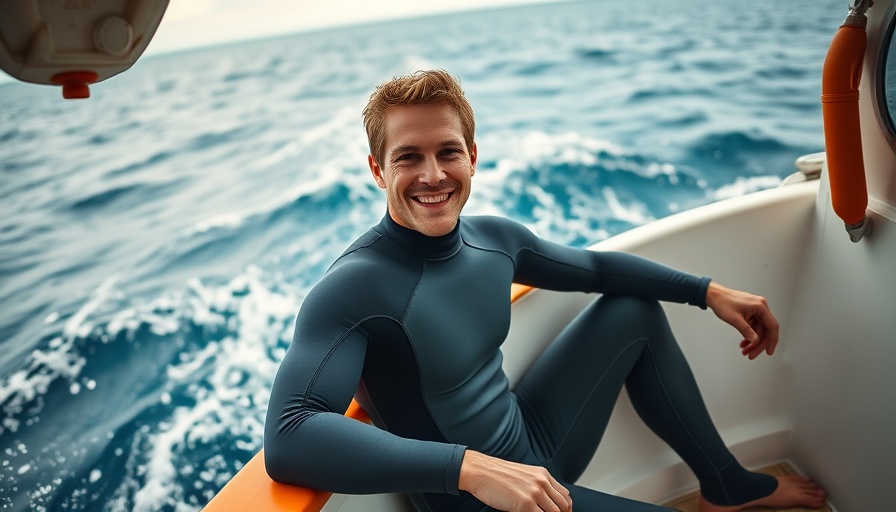
Shark Attack Survival: A Beachgoer's Harrowing Experience
Pensacola, Florida, was the setting for a shocking incident this weekend when a local boater, Chance Armand, faced a bull shark while swimming in the Gulf of Mexico, leaving him with a serious leg injury. The event occurred around 1 p.m. on Saturday, reportedly as Armand was enjoying a day in the water near Sherman Cove. Armand described the incident as a sudden and terrifying confrontation with the shark that bit him on the leg.
Understanding Shark Behavior and Safety Tips
This incident raises common questions about shark behavior and what to do in the event of an encounter. Sharks, such as the bull shark involved in Armand's case, often inhabit coastal waters. These species are known for their aggressive tendencies and proximity to swimming areas, specifically in warmer waters where they tend to hunt for food closer to the shoreline.
Beachgoers can take precautionary measures to stay safe while enjoying the ocean: avoid swimming near fishing areas, refrain from splashing excessively, and swim in groups when possible. If bitten, it is crucial to get out of the water and apply pressure on the wound to stem bleeding while seeking immediate medical help.
The Role of Emergency Services During Shark Incidents
After the bite, emergency services were mobilized quickly. A boater who witnessed the attack dialed 911, and since Armand was transported by private boat to Sherman Cove, the Navy Fire was able to respond swiftly to provide medical assistance. This incident illustrates how important it is to have a plan for emergencies, especially in areas where shark sightings can occur.
The Emotional Impact on Survivors
Surviving a shark attack can leave deep emotional scars alongside physical injuries. Victims might experience anxiety, PTSD, or fear when they think about returning to the water. Support from family, friends, and mental health professionals can be vital in coping with such an ordeal.
Conclusion: Emphasizing Ocean Safety
While shark attacks are rare, they can be life-altering for those involved. As beachgoers and boaters, it’s critical to educate oneself about ocean safety and be aware of one’s surroundings. With proper knowledge and a cautious mindset, individuals can enjoy their time on the water while minimizing risks.
 Add Row
Add Row  Add
Add 




Write A Comment